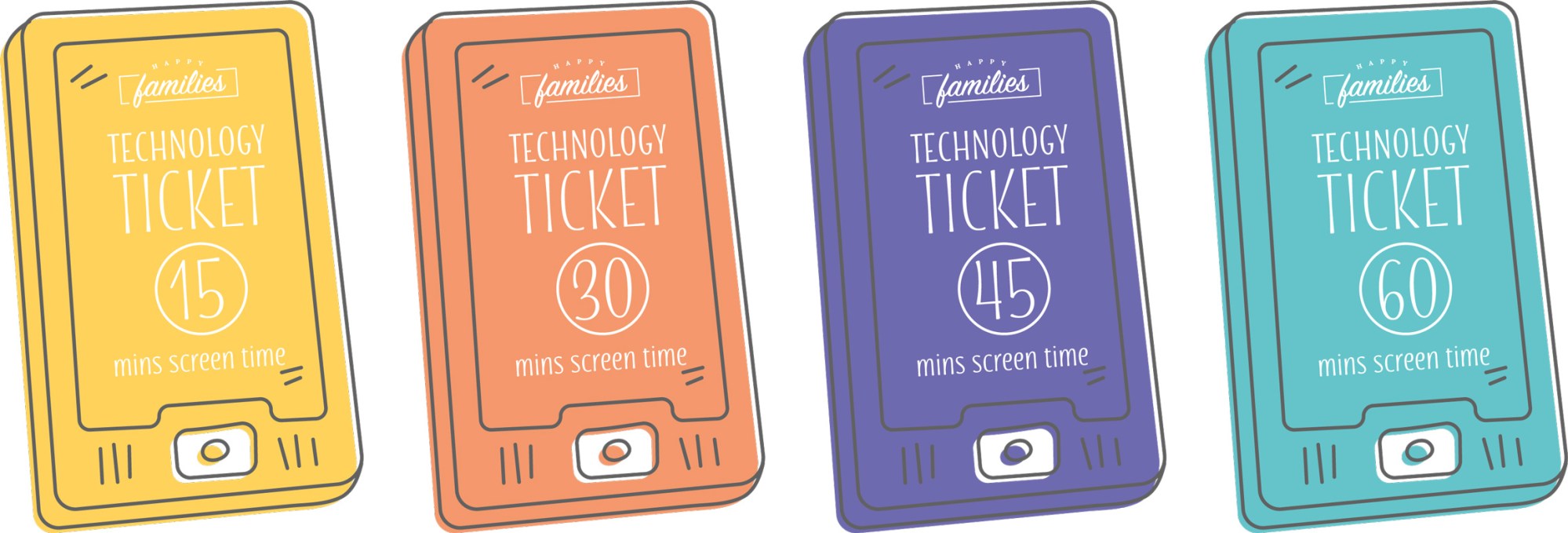The latest research from the Longitudinal Study of Australian Children (LSAC) tells us that most Aussie kids (around two-thirds) are using their screens significantly more than expert guidelines suggest is healthy.
This is a concerning problem. Children who use screens too much are at increased risk of mental health issues, social problems, poor academic results, and even physical health concerns.
While “how much” our children are on screens is important, “what type” of screen time they have matters even more. The things that our children are doing on their screens will have equal, and perhaps greater, impact on their lives than the amount of time their screens are on. Setting up clear guidelines for what children can access, view, and engage with online is crucial for their wellbeing.
The appropriate amount of time, and the content, that children have online is up to each family to determine. Here are five tips to help manage the time side of things with less tears, tantrums, conflict, and drama:
1. Use a timer
Children typically prefer an alarm going off over a parent going off. Use the oven timer or the timer on your phone, or even on the device that your child is using – and invite your child to set it. The more control they feel they have, the more responsive they are to the deadline.
2. Technology Tickets (free download)
I have developed some ‘tech-tix’ for my children to guide the time they are on screens. Each week they receive a certain time allocation. It is up to them to determine how they will use those tickets. Once they have used the time up that their tickets allow, screens go off and screen time is done for the day – or the week.
These tickets are not given out as rewards or removed as punishments. They’re not designed to be ‘controlling’. Instead, they are helpful, easy ways for parents and children to monitor how much screen time children are getting, and to help children use screens thoughtfully.

DOWNLOAD YOUR FREE TECHNOLOGY TICKETS
3. Tech free zones/times
As parents, we need to be willing to set rules about where technology can be used. While every family is different, I strongly recommend keeping screens out of bedrooms, and disallowing screens at the dinner table or during family time. A respectfully negotiated screen-time curfew is important too.
Many families have a bowl, box or basket in a common area of the house (kitchen, living room) where phones and devices are put at a set time each day/night when not in use to ensure they’re not being used in bedrooms or late at night.
4. Turn off the WiFi
If you really want to limit screen usage and spend some quality time as a family, switch off your router altogether. That way your kids can’t access the net and you won’t be tempted to check your phone etc. (Switching off the WiFi is a surefire way to get everyone in the same room together as well. Once that modem is turned off, older kids come running – fast!)
5. Fight technology with technology
Use one of the many apps or devices that help limit screen time or allow you to manage content and time spent on individual devices.
Bonus Tips
There are three quick tips that can make all of this easier.
1. Give time updates/warnings. Let your children know that they only have 15 minutes, 10 minutes, or 5 minutes left. Do it nicely as a gentle reminder, so that they don’t get hit with an unexpected “Time’s up” when they think they should have more time left.
2. Sit with your child when time is up. Sometimes children will plead, “just let me finish this level” or “I have to send this message”. When that happens, sit beside them and wait, and make it clear that time is up and you expect them to stop. (Don’t be overly rigid – but don’t let them drag it out just because they can.)
3. Be an example. If we are going to bed with our phones, bringing devices to dinner, or promising that “I’ll be right there once I’m done with this email”, our example of screen-dependence will influence our children’s expectations around screens. We have to stand on higher ground if we want to lift others up.
Getting screen time battles under control requires respectful explanations, understanding, and clear limits. It can be hard work, but it keeps our children healthier.
Article supplied with thanks to Happy Families.
About the Author: A sought after public speaker and author, and former radio broadcaster, Justin has a psychology degree from the University of Queensland and a PhD in psychology from the University of Wollongong.
